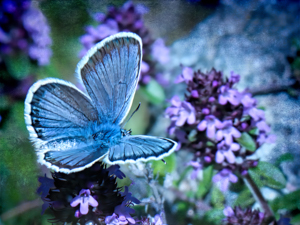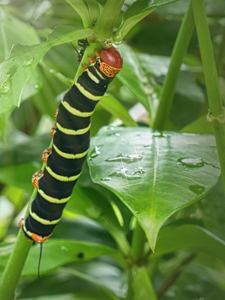The sheath-related verses in the Panchadashi occur in Chapter 1:
- The five sheaths of the Self are those of the food, the vital air, the mind, the intellect and bliss. Enveloped in them, it forgets its real nature and becomes subject to transmigration.
- The gross body which is the product of the quintuplicated elements is known as the food sheath. That portion of the subtle body which is composed of the five vital airs and the five organs of action, and which is the effect of the rajas aspect of Prakriti is called the vital sheath.
- The doubting mind and the five sensory organs, which are the effect of Sattva, make up the mind sheath. The determining intellect and the sensory organs make up the intellect sheath.
- The impure Sattva which is in the causal body, along with joy and other Vrittis (mental modifications), is called the bliss sheath. Due to identification with the different sheaths, the Self assumes their respective natures.
- By differentiating the Self from the five sheaths through the method of distinguishing between the variable and the invariable, one can draw out one’s own Self from the five sheaths and attain the supreme Brahman.
(These are from the translation by Swami Swahananda.) Continue reading



